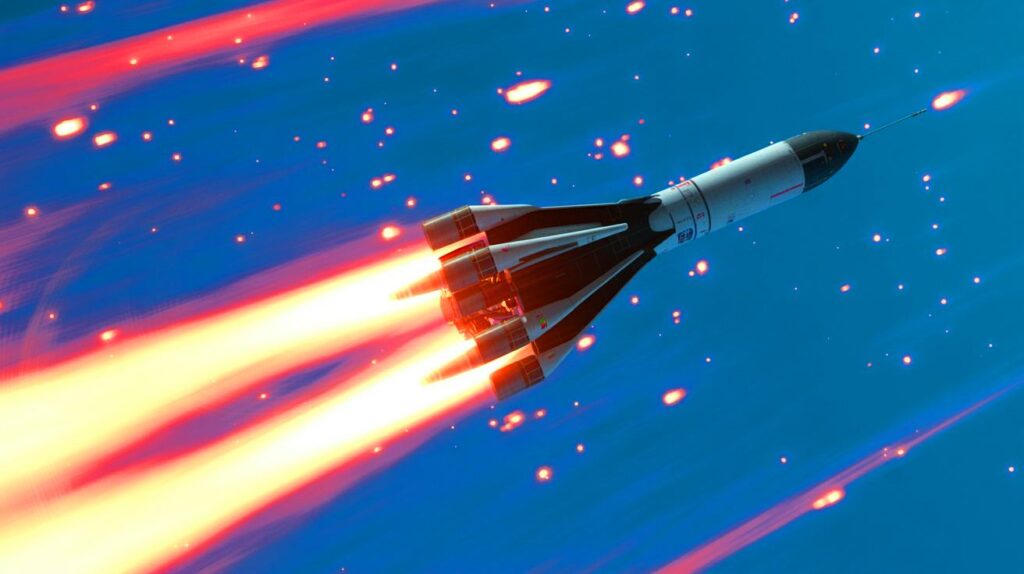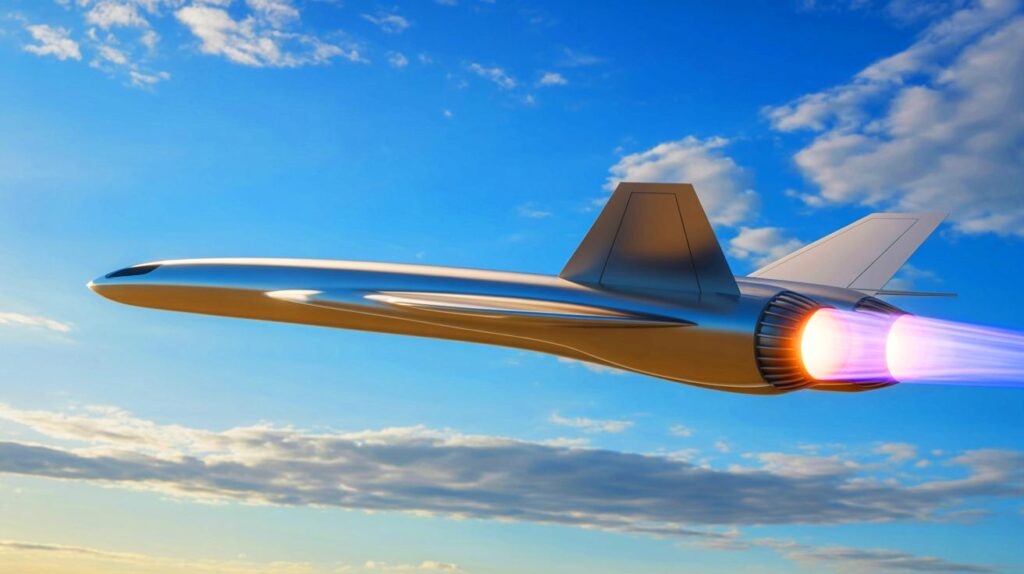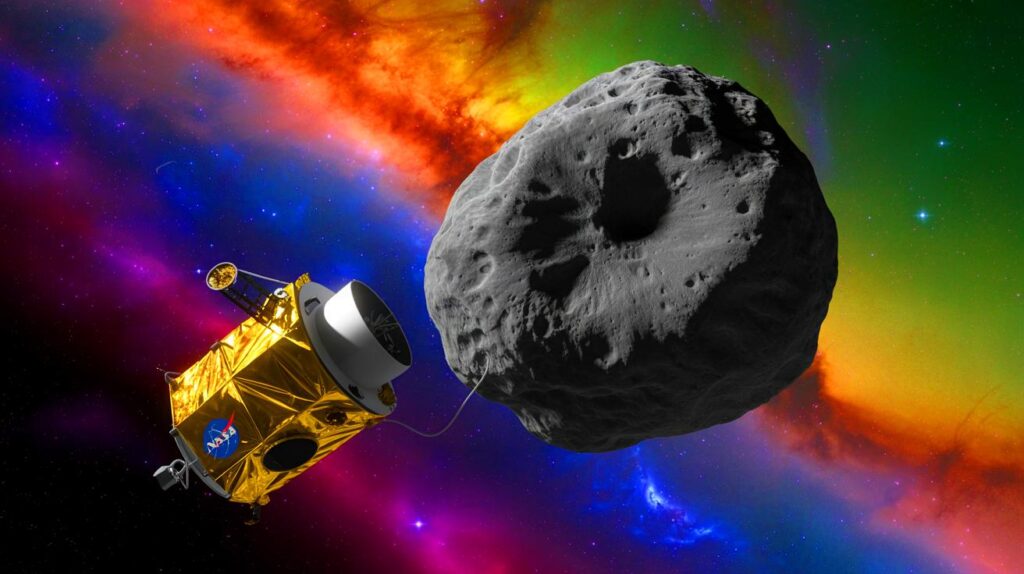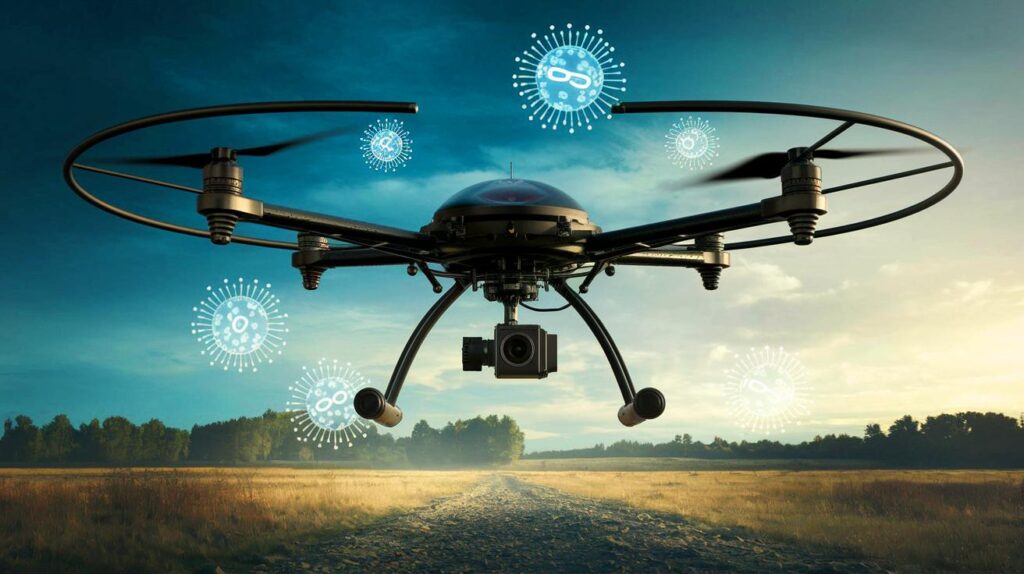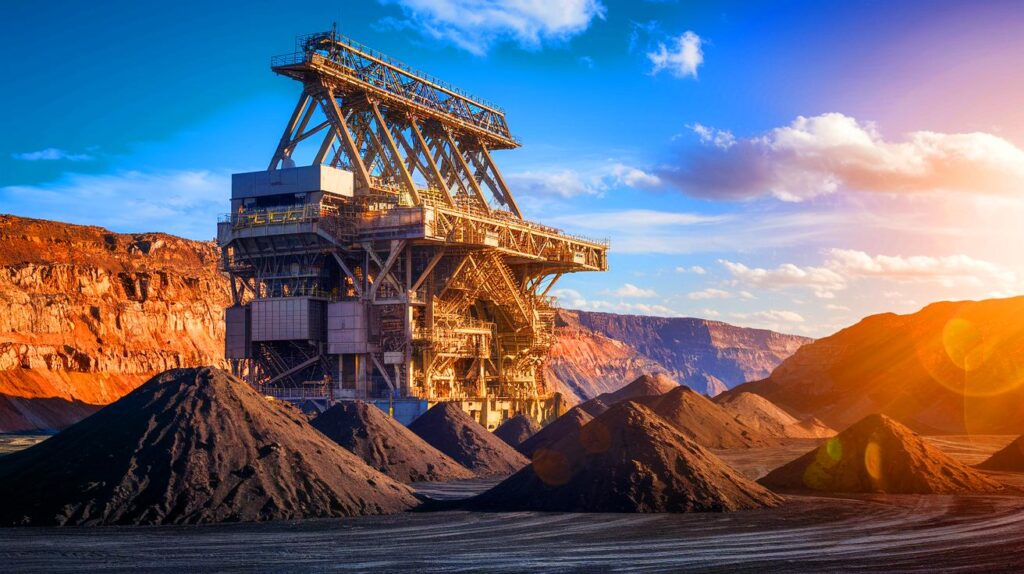| IN BRIEF |
|
The imminent return of Kosmos-482 to Earth’s atmosphere marks the end of an era. Launched in 1972, this relic of the Soviet age has spent over 50 years in orbit, bearing witness to past space ambitions. While the world turns its gaze towards new frontiers in space, this piece of history is set to re-enter our skies. This symbolic moment serves as a reminder of the Cold War space race and the technical challenges it entailed. But what about this forgotten mission, poised to shine one last time?
The Historical Context of the Kosmos-482 Launch
In 1972, at the height of the Cold War, the space race between East and West was at its peak. Kosmos-482, launched on March 31 from the Baikonur cosmodrome, was likely intended to reach Venus. However, during this secretive and rivalrous period, Soviet missions were only announced upon success. This lack of transparency makes it difficult to confirm the initial objectives of Kosmos-482. Nevertheless, the launch of its twin, Venera 8, just days earlier suggests that it too was meant to explore Venus. Thus, the simple designation of ‘Kosmos-482’ belies an officially unrecognized failure by the Soviet Union.
The geopolitical context of the time, marked by mutual distrust among powers, influenced the perception and communication surrounding these missions. While Venera 8 succeeded in its mission, Kosmos-482 became a memory of what the space race could sometimes leave in its wake: aborted projects, but rich in lessons for the future.
A Fatal Technical Anomaly
The fate of Kosmos-482 was sealed by a timing anomaly that left it trapped in Earth orbit. Shortly after launch, the payload separation into four parts caused several fragments to fall over New Zealand on April 3, 1972. This failure to exit Earth’s orbit echoes other mishaps, such as the Phobos-Grunt mission in 2012.
Despite the successes of the Venera series, this setback highlights the technical challenges faced by Soviet engineers. The Kosmos-482 mission, though ultimately failed, remains a testament to the ambitions and inherent risks of space exploration at that time. The lessons learned from these failures have undoubtedly informed the progress of contemporary space programs. However, thus far, the post-Soviet space program has yet to replicate these successes in lunar or planetary missions.
Risks and Stakes of Atmospheric Re-entry
Although the atmospheric re-entry of Kosmos-482 is uncontrolled, it poses little danger to the population. The remaining weight in orbit is 500 kilograms, significantly lower than the 5,900 kilograms of the UARS satellite, which re-entered the atmosphere in 2011. The lander of Kosmos-482, designed to withstand Venusian conditions, might survive the re-entry to Earth. However, the trajectory will be long and shallow, and the age of the equipment adds an element of uncertainty.
Predictions, still uncertain, suggest a re-entry between the 52nd northern and southern parallels, with adjustments expected as the event approaches. The scientific community is closely monitoring this event to enhance understanding of atmospheric re-entries. This observation also offers a unique opportunity to study an old spacecraft in an increasingly crowded sky filled with modern objects.
An Increasingly Crowded Sky


The return of Kosmos-482 is taking place against the backdrop of increasing congestion in low Earth orbit. Since the launch of the Vanguard 1 satellite in 1958, the number of satellites has consistently grown. By 2025, the issue of space debris becomes increasingly concerning with the rise of megaconstellations, such as those from SpaceX, OneWeb, and Amazon’s Kuiper project.
The saturation of near-Earth space poses unprecedented challenges for debris management and mission safety. The observation of Kosmos-482 serves as a poignant reminder: although the past is behind us, the lessons it offers are crucial for navigating towards a sustainable space future. The question remains: how do we balance exploration and responsibility in space?
With the imminent re-entry of Kosmos-482, we are witnessing the closing of a fascinating chapter in space history. This moment challenges us to consider the ongoing challenges of space debris management. As we gaze towards the stars, one question looms: what will be the next step to ensure a secure and sustainable space for future generations?

